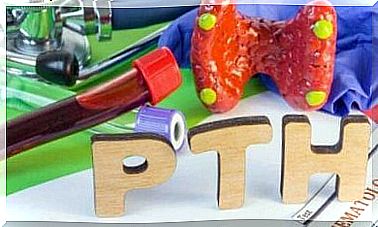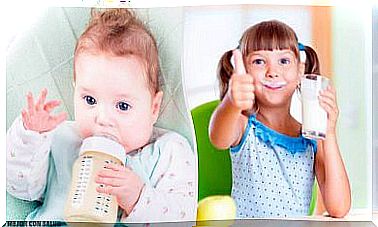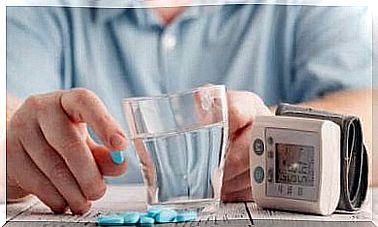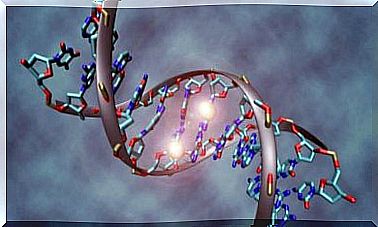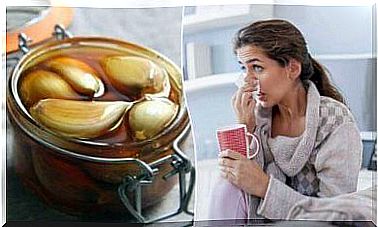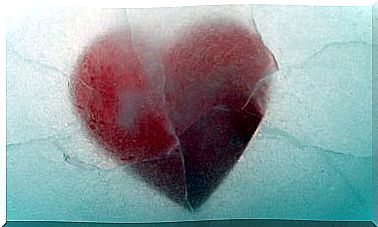Secondary Drowning In Children, What Parents Need To Know
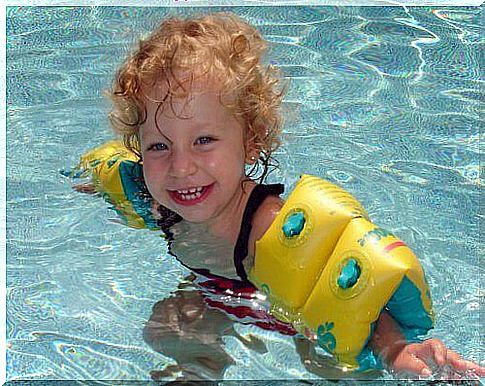
When summer is just around the corner, it’s almost always possible to hear stories of unfortunate drownings in swimming pools and on the beach. This is a sad reality that can apply to adults and children alike. However, especially in children one should be extra careful with drowning and also secondary drowning.
Pay close attention to how they enter the water and make sure that the water filter is closed with a grid. It is essential to ensure that these kinds of risks are kept to a minimum so that the children can swim safely.
We are sure that you too will get shivers when the news tells of children who have died from drowning. However, there is another form of drowning. Fewer people are aware of it, but several children are killed every year.
We’re talking secondary drowning. In this case, it concerns children and adults who almost drowned, but were subsequently rescued and resuscitated.
They feel completely normal when they go home. However, after a few hours or even days, they start to feel tired. They lie down for a while to go to sleep and then don’t wake up again. Terrible but true…
In this article, we want to educate you about secondary drowning, for your own safety and the safety of your little ones.
Secondary Drowning: A Silent Death
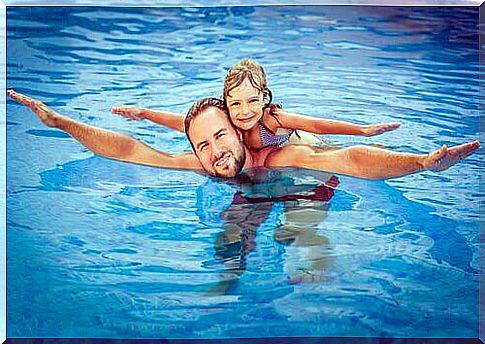
We’ll start by telling you a story about something that happened recently. Lindsay Kujawa is known for her original blog with recipes, crafts, her personal reflection as a mother and so on.
The Huffington Post and other media were right on top of the story, and soon the story appeared on her own blog as well: Her son nearly drowned in a pool at a party somewhere. He was underwater for several seconds. Fortunately, however, they were able to revive him.
Everything was fine. Still, Lindsay let the pediatrician know what had happened by leaving a message on his answering machine. She was amazed at the doctor’s quick response. The doctor told her to get her son to the emergency room as soon as possible.
When Lindsay went to get her son, she found that all he needed was sleep. He was very tired and started to walk with a limp. Something had happened. After multiple examinations in the hospital, the results could not have been clearer.
Drowning without realizing it
Her son’s lungs were severely irritated and inflamed from the chemicals in the pool water. The oxygen level in his blood went down by the second. He was drowning without realizing it.
Doctors were able to save the child by giving him the necessary medical attention and care. His happiness was due to the swift action of the doctors, the pediatrician, and Lindsay herself. She had been wise enough to inform the pediatrician almost immediately of what had happened.
But not all stories have such a happy ending. Unfortunately, many children die this way. After someone nearly drowns, it can take up to three days to show obvious symptoms that indicate a problem. This leads to many tragedies.
Things to know about secondary drowning and dry drowning

- Dry drowning occurs when the body and brain think that water is being inhaled. This causes a spasm in the larynx, which then closes in an attempt to protect the body. No water can enter the body, but also no air, so that the person does not receive oxygen.
- Secondary drowning occurs when water enters the lungs and becomes stagnant. The person can be brought back to consciousness. However, the water trapped in the lungs quickly becomes a case of pulmonary edema. Pulmonary edema does not require immediate symptoms. Hours or even days later, however, it can result in death.
- What we should also remember is that the water in swimming pools is full of chemicals. If this water also gets trapped in the lungs, the lungs can become irritated and inflamed.
- Chlorine is very irritating to the respiratory system.
- After a case of drowning, the person may cough up some water and be awakened again. However, there may still be some water trapped in the lungs. After a few hours, this water causes the bronchioles to become inflamed. This can lead to edema and a lower oxygen level in the blood.
Recommendations
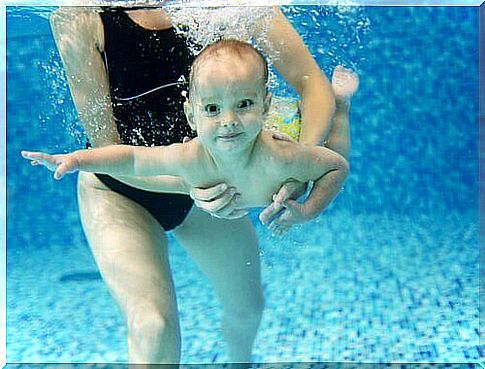
- It doesn’t matter if your child seems all right after he/she almost drowned. Always go to the emergency room, no matter how small or large the incident was.
- Never lose sight of your children when they are in the water.
- Teach your kids to swim as early as possible.
- Even if you rely on your child’s swimming skills, they can still get dizzy or get stuck on something. So it never hurts to play a police officer and keep a close eye on them.
Enjoy the water with your kids when it’s warm outside, but try not to forget the information we just shared with you. It is well worth it!
